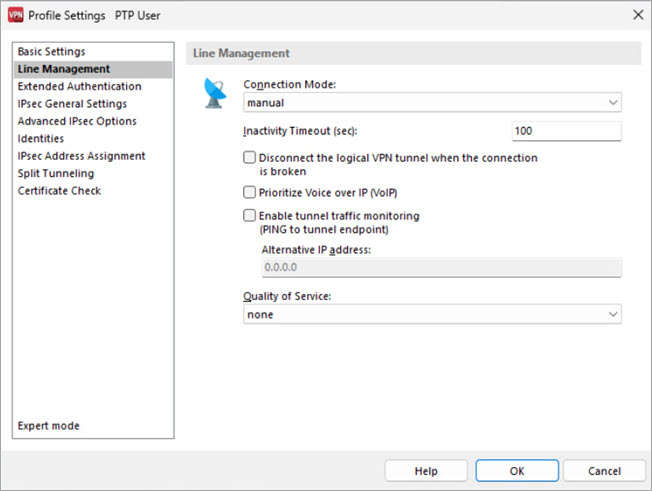Fortigate Vm Trial License Reset Firefox Settings
Every Fortinet VM includes a 15-day trial license. During this time the FortiGate VM operates in evaluation mode. Before using the FortiGate VM you must enter the license file that you downloaded from the Customer Service & Support website upon registration.
GUI The reset to factory settings using the GUI is not available in v5.4. 1) Access the system using a web browser. 2) In the navigation tree, go to System> Dashboard> Status, and select the Revisions link for the System Information Widget.
3) Click on Restore Factory Default. 4) System will reboot and load basic configuration. CLI 1) Open a SSH to the system and execute the following command: exec factoryreset 2) A warning will appear.
This operation will reset the system to factory default! Do you want to continue? (y/n) 3) System will reboot and will load a basic configuration.
Installing and Uninstalling You can deploy Security Gateway Virtual Edition on your ESX hosts from an OVF template or from an ISO. If you choose to install from an OVF template, the operating system for the VM is installed and configured for typical deployment.
This option is faster. If you choose to create a new Virtual Machine, you install the Security Gateway from the Check Point ISO.
You install the operating system and then run the First Time Configuration Wizard. Related Topics Installing Security Gateway Virtual Edition Virtual Machine To install a new Security Gateway Virtual Edition VM from an OVF template: • Import the OVF template and start the Deploy OVF Template wizard. • Configure the Security Gateway Virtual Edition VM in the ESX inventory. Microsoft sharepoint server 2013 x64 english msdn downloads product free.


Eme core hai mp3 song download raagtune. • Map the Security Gateway Virtual Edition VM interfaces to your network. Getting the Template To get the Security Gateway Virtual Edition OVF Template: • Download Check_Point_Security_Gateway_R77_VE.tgz to your vSphere Client computer.
• Extract the template OVF file to a temporary folder. Deploying the Security Gateway Virtual Edition VM To deploy the VM and save it in the inventory: • In the VMware vSphere client, select an ESX host. • Select File > Deploy OVF Template.
The Deploy OVF Template wizard opens. • In the Source window, select Deploy from file. • Enter or select the.ovf file and then click Next. • In the OVF Template Details window, click Next.
The next windows that you see depend on the template properties. • Name and Location window - select an inventory location for the VM. • Disk Format window - select Thick provisioned format. • Host/Cluster window - select a host. This window only opens if there are multiple hosts or clusters. • If the Datastore window opens, select a datastore. This window opens only if there is more than one datastore related to the host or cluster.
Configuring the Virtual Machine Settings Before you configure the Security Gateway Virtual Edition, make sure the VM has the minimum requirements. To configure the VM: • Right-click the VM. • Select Edit Settings.
The Virtual Machine Properties window opens. • Configure memory: • Minimum to run Security Gateway Virtual Edition in 32-bit - 1024 MB. Add more to increase connection capacity. • Minimum to run Security Gateway Virtual Edition in 64-bit - 6 GB.
• Configure Network Adapters. Configuring Network Adapters - Mapping Interfaces To complete import of the OVF template, map the interfaces. Security Gateway Virtual Edition is already configured with four network adapters.
You can add and delete vNICs. In the Network Mapping window, configure the default network adapters and destination networks. These are the network adapters that are configured for Security Gateway Virtual Edition by the template. To complete OVF import: • For each source network, select a destination network from the list. (The destination network names are examples and will be different for your deployment.) • Click Next. • Click Finish.